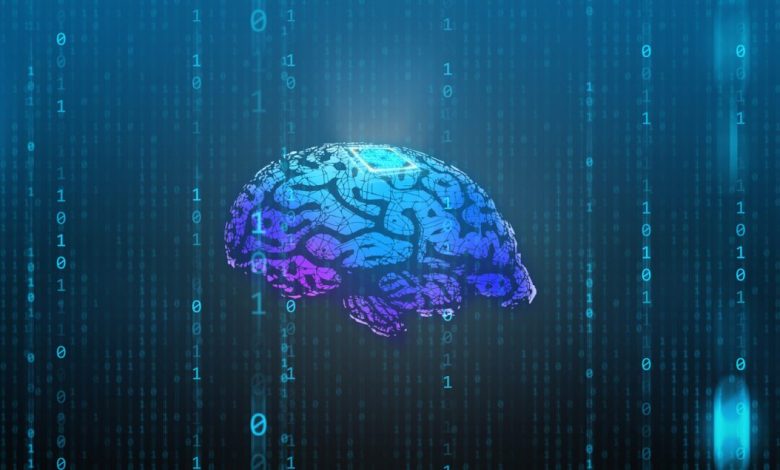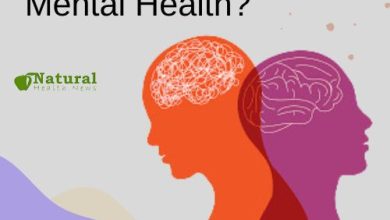New AI algorithm aims to enhance brain-computer interfaces and mental health treatment

At the USC Center for Neurotechnology, researchers under the direction of Maryam Shanechi have unveiled an AI system that has the potential to revolutionize our understanding of brain activity and its uses in medical technology.
Their work, which was published in Nature Neuroscience, presents DPAD (Dissociative Prioritised Analysis of Dynamics), an algorithm made to separate intricate brain patterns linked to particular activities.
Improving brain-computer interfaces
This has the potential to enhance brain-computer connections, especially in helping paralyzed people regain their movement.
The human brain uses complex electrical activity to regulate a wide range of behaviors and internal states.
Medical technology and neuroscience have long faced challenges in trying to solve these overlapping patterns.
On the other hand, DPAD successfully separates brain signals associated with a specific behavior, such arm movements, from the din of other neural activity.
Insights into the brain’s function and mental health
“Finding brain patterns associated with the behavior of interest and prioritizing learning of these patterns during deep neural network training is a fundamental component of the AI algorithm,” stated Sani. “Once all remaining patterns have been learned, the algorithm will no longer be able to mask or confuse the behavior-related patterns.”
Scientists anticipate that DPAD will be modified to interpret mental states, including as pain and mood disorders like sadness. Clinical professionals may be able to more precisely customize treatments to meet the needs of each patient if they could properly measure these states through brain activity.
The development and demonstration of extensions of our approach that can track symptom states in mental health problems excites us greatly, according to Shanechi. “Mental health conditions as well as movement disorders and paralysis could benefit from brain-computer interfaces if this is done.”
Through the use of deep neural networks, DPADs are able to identify and prioritize brain patterns associated with particular behaviors. By preventing important signals from being obscured by unimportant neural noise, this method improves the precision and dependability of brain-computer interactions.
Beyond its immediate uses in neurotechnology, DPAD contributes to fresh understandings of mental health and brain function, pointing to a time when technology will easily integrate with human thought and emotion.




